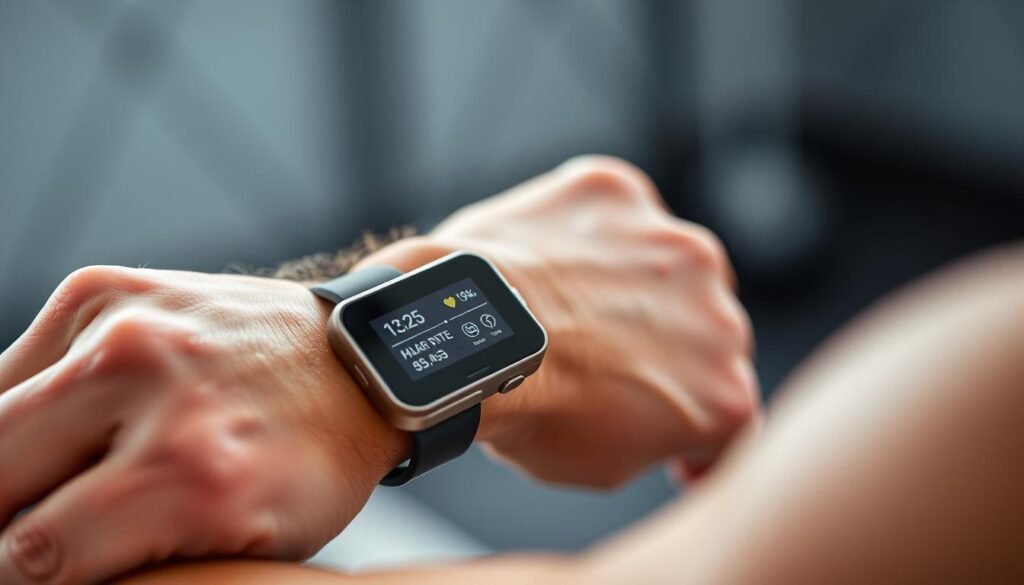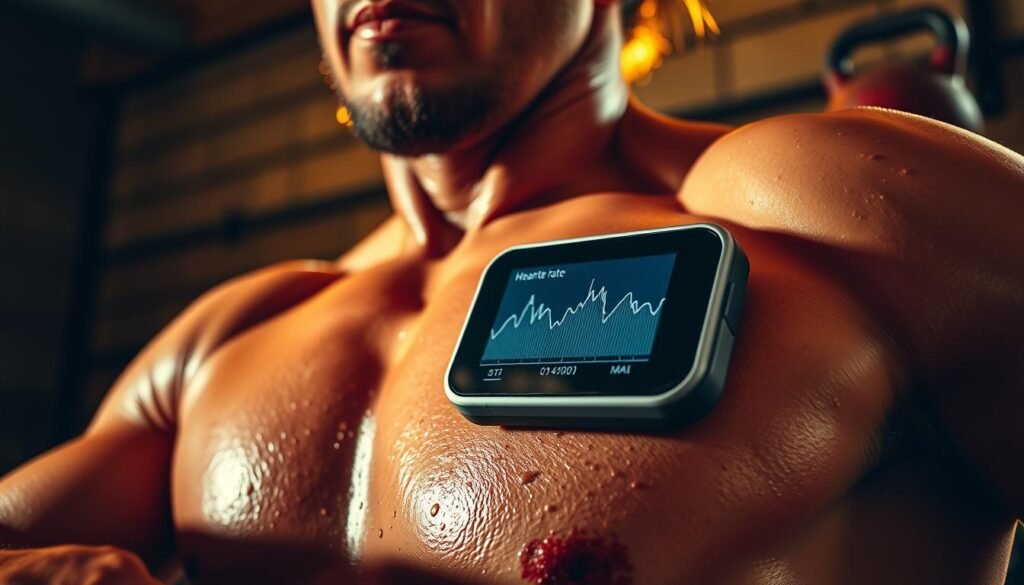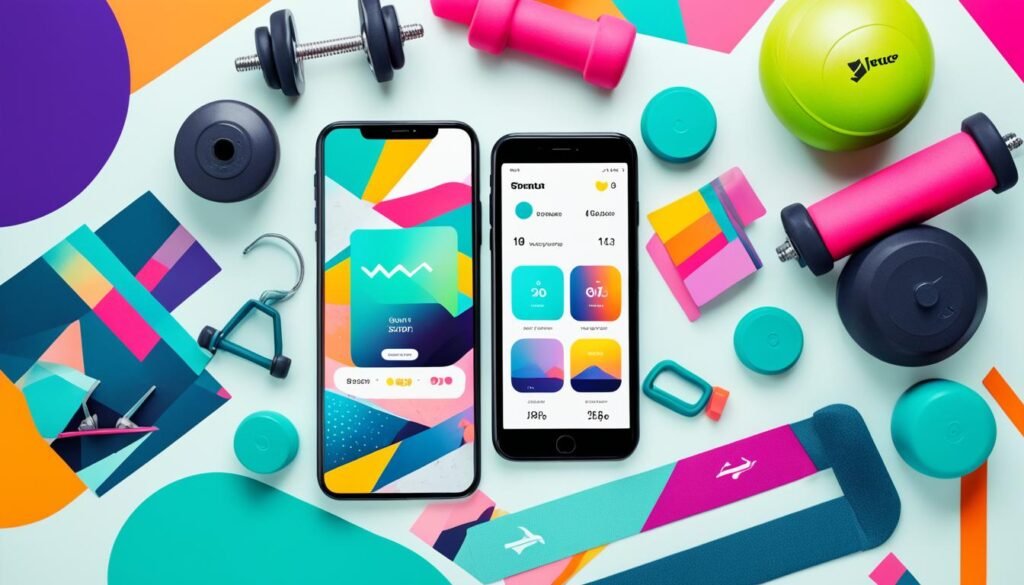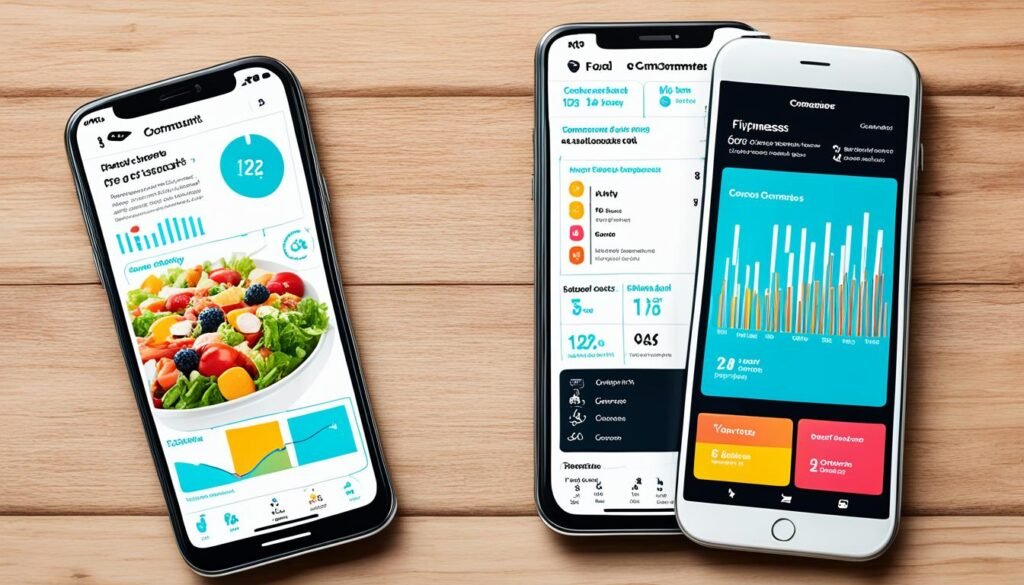We independently test and review fitness products using a research-based approach. If you buy through our links, we may earn a small commission at no extra cost to you. Read our Disclosure
If you’re a serious CrossFit athlete, you know the difference between working hard and working smart. Every WOD (Workout of the Day) is a test of capacity, but constantly going max effort can lead to burnout, poor recovery, and plateaus. This is where a high-quality heart rate monitor for CrossFit becomes your essential training partner.
An HR monitor provides objective, real-time data on your body’s output and recovery. By leveraging this tool, you can precisely pace metcons, optimize rest intervals, and ensure you’re hitting the right intensity for strength, endurance, or recovery. Stop guessing and start training with purpose, backed by data.
Quick List: Top Recommendations
If you’re in a hurry, here are the three best options chosen for durability, connectivity, and accuracy in the box:
- Best for Recovery Focus: Whoop 5.0 – Excellent armband sensor paired with industry-leading sleep and recovery analysis.
- Best Overall WOD Companion: Wahoo TICKR X – Features onboard memory, so you never lose data during intense, phone-free metcons.
- Most Accurate Data: Polar H10 – The gold standard in ECG accuracy, perfect for detailed physiological tracking.

The Science of Training Zones: More Than Just ‘Max Effort’
CrossFit training often mixes intense anaerobic bursts with longer aerobic components. Using an HR monitor allows you to manipulate your effort to achieve specific physiological adaptations, ensuring every minute of your training is productive.
| Zone | % of Max Heart Rate | Training Purpose (CrossFit Context) |
|---|---|---|
| Zone 5 (Peak) | 90-100% | Max effort WODs (e.g., Fran, Grace). Maintain for 1-2 minutes max. |
| Zone 4 (Hard) | 80-90% | High-intensity metcons. Goal is to sustain for 5-15 minutes. |
| Zone 3 (Moderate) | 70-80% | Sustained aerobic capacity. Longer WODs or strength accessories. |
| Zone 2 (Light) | 60-70% | Active Recovery or low-intensity warm-ups. Essential for long-term health. |
Pacing Strategies for Metcons
The single biggest use for your HR monitor in a high-intensity WOD is pacing. For a longer workout (15+ minutes), you should aim to keep your heart rate just below the top of Zone 4 (around 85%). If you sprint the first two minutes and hit 98% HR, you’re guaranteed to crash—the data proves it instantly. A monitor teaches you to manage the effort from the first rep to the last.
Essential Features for the CrossFit Box
Durability and Water Resistance
A CrossFit heart rate monitor must be rugged. Look for devices with an IP rating of at least IP67, meaning it’s fully protected from dust (chalk!) and temporary immersion in water (sweat). The sensor casing and strap material must be able to withstand constant friction and cleaning.
Battery Life and Charging
During a training cycle, you don’t want to worry about charging after every session. Excellent CrossFit monitors offer up to 30+ hours of run time on a single charge. This ensures they last through an intense week, including multiple sessions and long weekend endurance work.
Data Integration with Popular Apps
Your data is only as good as its ability to be tracked. The best monitors use Bluetooth and ANT+ connectivity simultaneously. This allows the monitor to feed data to your gym’s WOD display, your phone’s tracking app (like SugarWOD or Strava), and a separate cycling computer all at the same time.
Chest Strap vs. Armband: The Accuracy Debate for WODs
| Monitor Type | Location | Accuracy during CrossFit | Key Advantage |
|---|---|---|---|
| Chest Strap | Across the sternum | Highest. | Unaffected by grip, wrist flexion, or movement artifacts. |
| Armband | Forearm or Bicep | High, but can struggle with high-rep gymnastics. | More comfortable, easier to take on and off. |
| Wrist-Based | Watch | Lowest | Convenience—it’s always on. |
For maximum accuracy and the cleanest data, the chest strap remains the gold standard for high-intensity, multi-planar movements typical of CrossFit. Wrist-based monitors struggle when your grip tightens (deadlifts, pull-ups) because blood flow changes affect the optical sensor reading.
Our Top Heart Rate Monitor Recommendations
1. Wahoo TRACKR Heart Rate Monitor
The Wahoo TRACKR is a precision chest strap designed for demanding training, providing accurate, real-time heart rate data to optimize performance. Its dual ANT+ and Bluetooth connectivity makes it simple to sync with all gym equipment and apps, while the comfortable, secure strap ensures it stays put during explosive movements.

Key Specs
Best For: High-Intensity WODs, Reliability
Sensor Type: Chest Strap (ECG)
Core Feature: Extended Battery Life (Up to 200 Hours)
Connectivity: Bluetooth & ANT+ Simultaneous
Feedback: Intuitive LED Indicators for connection/battery
2. Polar H10
Short Description (for plugin field): Widely recognized as the gold standard for ECG accuracy, the Polar H10 is built with the Polar Pro Strap‘s improved electrodes for an interference-free signal during dynamic, sweaty movements. Its ultimate versatility comes from simultaneous Bluetooth and ANT+ connections and the internal memory, allowing you to record entire WODs or swims without needing your phone nearby.

Key Specs
Best For: Uncompromising Accuracy, Dual Device Connectivity
Sensor Type: Chest Strap (ECG) with Polar Pro Strap
Core Feature: Supreme Accuracy (Widely recognized), Internal Memory
Connectivity: Bluetooth, ANT+, and 5 kHz (Simultaneous use)
Water Resistance: Fully Waterproof (Suitable for swimming)
3. Whoop 5.0
he WHOOP 5.0 provides a holistic view of health, continuously monitoring sleep, recovery, heart rate, blood oxygen, and more. It offers a powerful Daily Recovery Score and personalized coaching to optimize training strain. Its 24/7 wearability is supported by a 14+ day battery life and a waterproof Wireless PowerPack for charging on-the-go.

Key Specs
Best For: Recovery-Driven Training, Sleep Analysis, Holistic Health
Sensor Type: Armband/Wrist (Optical PPG)
Core Feature: Daily Recovery Score (HRV-based), Continuous Health Monitoring
Design: Small, comfortable sensor with SuperKnit band
Battery Life: 14+ Days with Wireless PowerPack included
Conclusion: Turn Data Into Gains
A heart rate monitor for CrossFit is an investment that pays daily dividends in performance and recovery. It shifts your focus from just completing the WOD to executing the WOD with a specific physiological goal. By paying attention to your heart rate zones, especially during recovery and longer metcons, you move past the “no pain, no gain” mindset and adopt the train smarter, not just harder philosophy. Choose a monitor from our top picks and start making every rep count.



